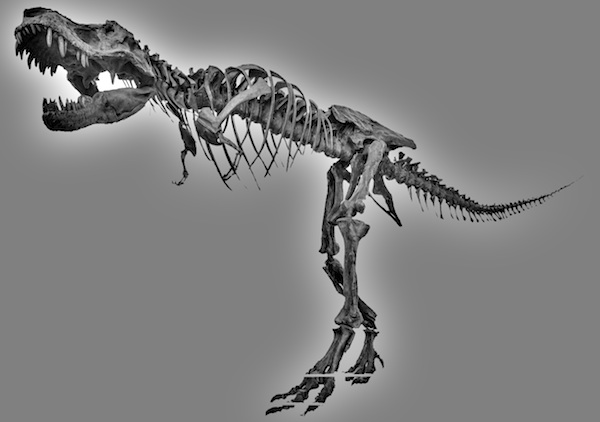Team:Stanford-Brown/Projects/HumanPractices
From 2013.igem.org
A Brief Look at the Ethical Debate of De-Extinction
This year, the 2013 Stanford-Brown iGEM team stepped into truly uncharted territory. A combined interest in ancient organisms led to questions on the origins of life and the nature of evolution. One screening of Steven Spielberg’s Jurassic Park later and we conceived iGEM’s very first de-extinction project. Hollywood has taken advantage of exploiting scientific disasters. The following paper is meant to strip away the entertaining fiction and facilitate a discussion about the real consequences of de-extinction in the context of our project, both positive and negative.
When we attended the San Mateo Maker’s Faire in May, all four of our projects were met with enthusiasm. Amidst the excitement, however, were inquiries we had already begun to consider, but had not completely explored. Many of the attendees expressed concern over the ethical issues of de-extinction. Some thought de-extinction had a lot of potential, but most were wary of our desire to revive the “dead and buried.” After all, who are we to manipulate life?
We have come to understand that the fear of de-extinction is largely based in misinformation. Keeping in line with our high ethical standards for science, we are dedicated to considering multiple perspectives, including the long-term consequences. Dr. Terry D. Johnson, the current UC Berkeley iGEM advisor, wrote on the nature of iGEM earlier this year in preparation for the Jamboree in October. We paid special attention to his concluding remarks: “This project should aim to do good with minimal risk of harm.”
The purpose of this paper is to serve as a guide for future iGEM teams interested in ancestral reconstruction and to show that we have carefully considered these issues as we initiate a new area of study in iGEM. We hope that future teams will take equally well-considered approaches to their projects.
 "
"
